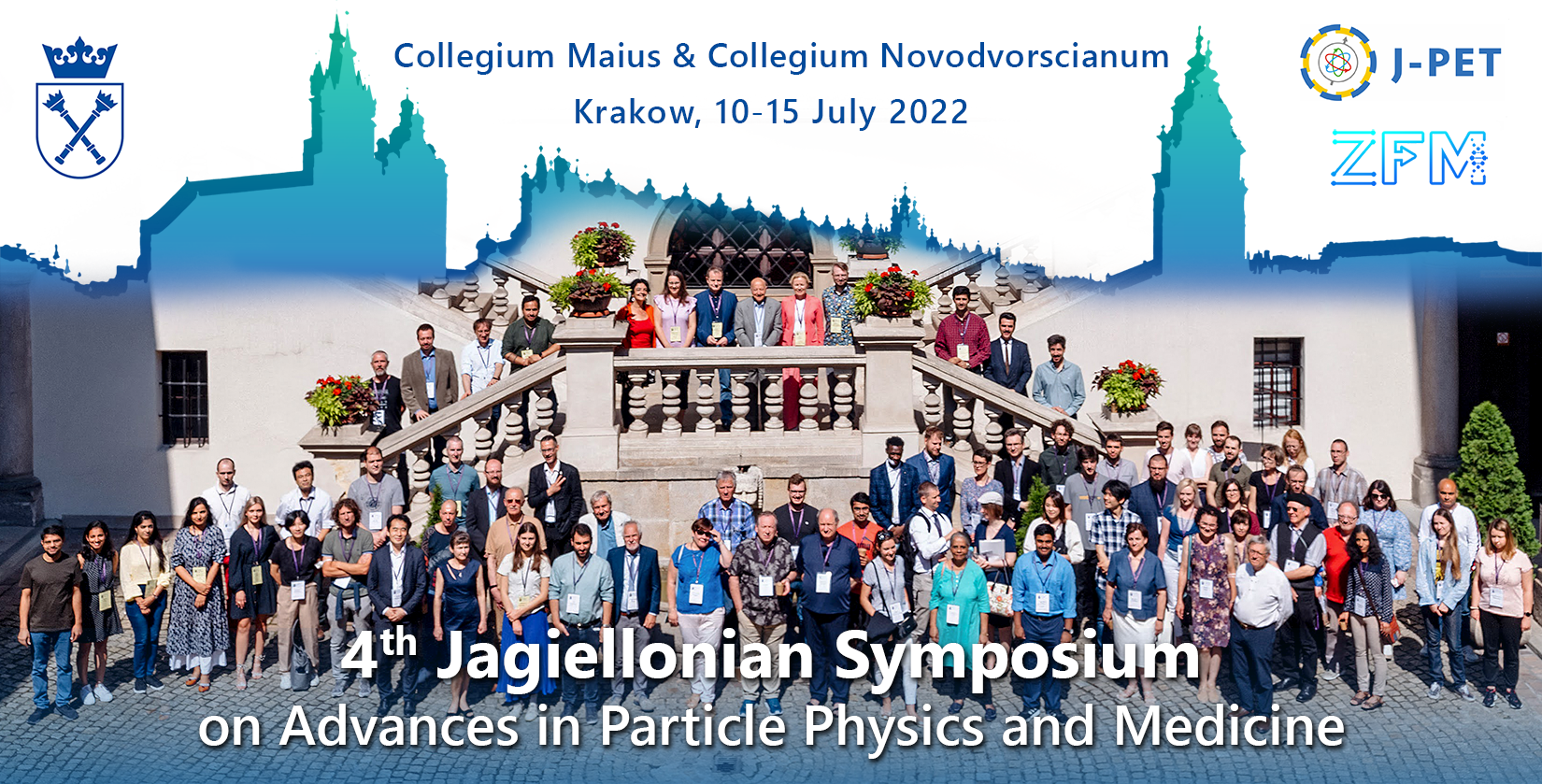Speaker
Description
In current PET, only a few percent of gamma rays emitted from a patient are used for imaging. Therefore, improvement of the sensitivity is a hot topic worldwide. Axial extension, which is referred as total-body PET, is essential in terms of the sensitivity improvement. In organ dedicated imaging, on the other hand, it is possible to improve the sensitivity without increasing the number of detectors. Improvement of spatial resolution is also expected by eliminating the photon non-collinearity effect.
In the former part of this presentation, development of brain-dedicated PET systems will be reviewed. Among them, we have recently developed VRAIN, a PET system with a hemispherical detector arrangement [1]. The hemispherical geometry fits the head best, and minimizes the photon non-collinearity effect by reducing the detector-to-detector distance.
In the latter part of the presentation, alternative approaches to improve the sensitivity rather than increasing the solid angle of the measurement system will be reviewed. Among them, whole gamma imaging (WGI) is a novel concept of combined PET with Compton imaging. An additional detector ring, which is used as the scatterer, is inserted in a conventional PET ring so that single gamma rays can be detected by the Compton imaging method. In addition to conventional PET and Compton imaging, further large impact can be expected for triple gamma emitters such as Sc-44 (~4 h half-life), that emits a positron and a 1157 keV gamma ray almost at the same time. In principle, only a few decays would be enough to localize the source position by calculating intersection points of a 511 keV line-of-response with a 1157 keV Compton cone. We developed a prototype of the WGI system [2][3], and a Na-22 point source, which emits a 1275 keV gamma ray soon after a positron decay, was measured as an alternative to Sc-44. In the triple gamma imaging, where only simple backprojection was applied and no image reconstruction algorithm was applied, spatial resolution for the Na-22 point source was 4.8 mm FWHM (8 cm off-center) - 5.7 mm FWHM (center). WGI can be also used to measure positronium lifetime [4], which may enable a new field of “quantum PET (Q-PET)”. One possible application of Q-PET is hypoxia imaging of tumor patients [5].
[1] E. Yoshida, Hideaki Tashima, Go Akamatsu, et al., “245 ps-TOF brain-dedicated PET prototype with a hemispherical detector arrangement,” Phys. Med. Biol., 65, 145008, 2020.
[2] E. Yoshida, H. Tashima, K. Nagatsu, et al., "Whole gamma imaging: a new concept of PET combined with Compton imaging," Phys. Med. Biol., 65, 125013, 2020.
[3] H. Tashima, E. Yoshida, H. Wakizaka, et al., "3D Compton image reconstruction method for whole gamma imaging," Phys. Med. Biol., 65, 225038, 2020.
[4] P. Moskal, B. Jasińska, E.Ł. Stępień, et al., “Positronium in medicine and biology,” Nat. Rev. Phys. 1, 527-529, 2019.
[5] K. Shibuya, H. Saito, F. Nishikido, et al., "Oxygen sensing ability of positronium atom for tumor hypoxia imaging," Commun. Phys. 3, 173, 2020.

